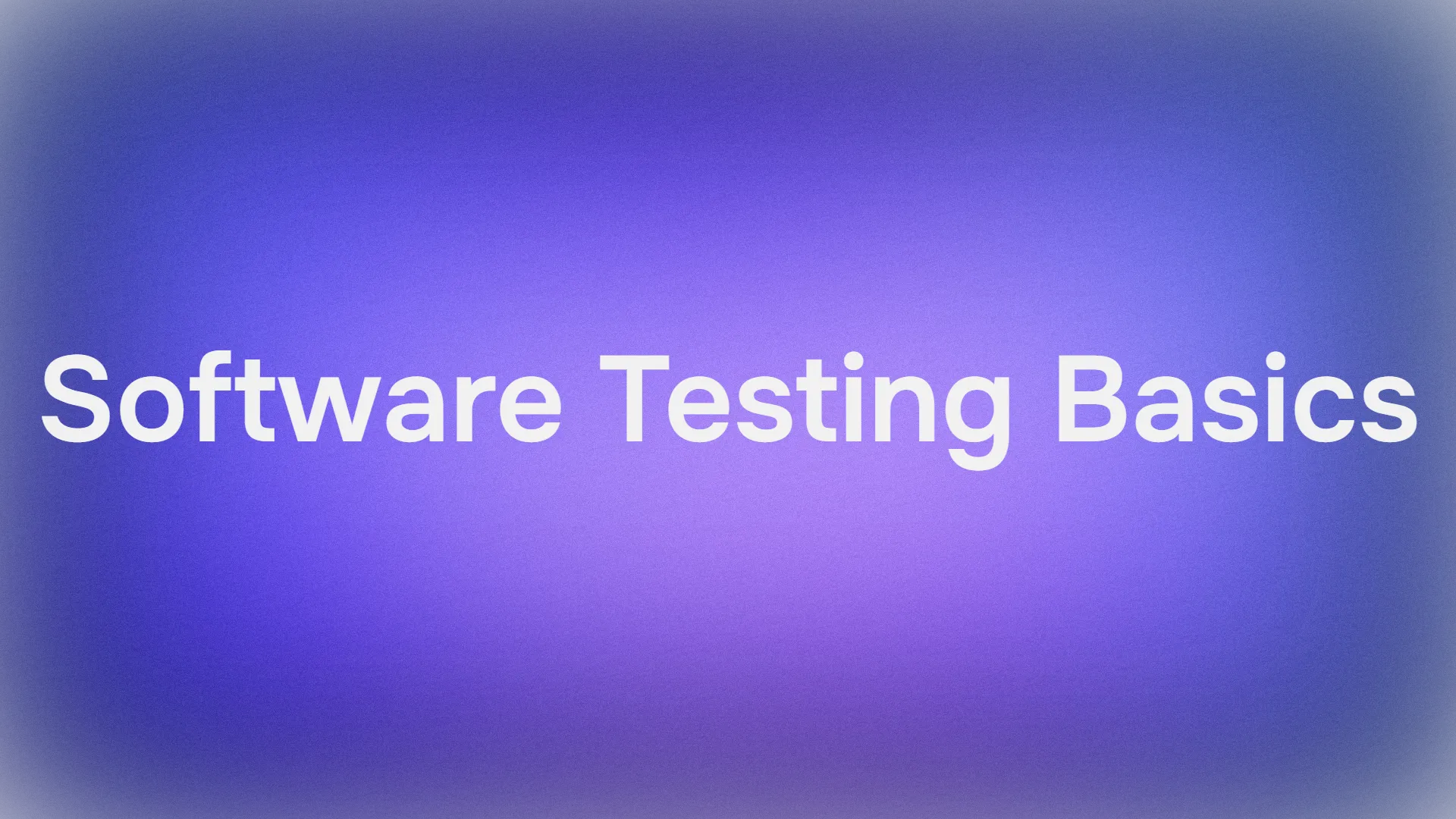Have you ever wondered how your APIs are behaving behind the scenes? How do you know if they are sending and receiving the right data, or if they are being modified by intermediaries along the way? That’s where the HTTP TRACE method comes in handy. The HTTP TRACE method is a special type of HTTP request that performs a message loop-back test along the path to the target resource. It allows you to see the exact message that was received by the final recipient, excluding any sensitive data, such as cookies or credentials.
In this blog post, I will show you how to use the HTTP TRACE method to debug your APIs like a pro. I will explain what the HTTP TRACE method is, how it works, and what benefits it offers. I will also show you how to use Apidog.
What is the HTTP TRACE Method?
The HTTP TRACE method is one of the standard HTTP methods, defined in the RFC 2616 specification. It is used to perform a message loop-back test along the path to the target resource, providing a useful debugging mechanism. The final recipient of the request should reflect the message received, excluding any fields that might include sensitive data, back to the client as the message body of a 200 (OK) response with a Content-Type of message/http. The final recipient is either the origin server or the first server to receive a Max-Forwards value of 0 in the request.
The syntax of the HTTP TRACE method is as follows:
TRACE /path HTTP/1.1
Host: example.com
The request has no body, and the path is the URI of the target resource. The request may include a Max-Forwards header, which indicates the maximum number of intermediaries that can forward the request. If the Max-Forwards value is 0, the request should not be forwarded, and the response should be generated by the first server that receives it. If the Max-Forwards value is not specified, the request can be forwarded indefinitely, until it reaches the origin server or an intermediary that does not support the HTTP TRACE method.
The response to the HTTP TRACE request should have a status code of 200 (OK) and a Content-Type of message/HTTP. The response body should contain the exact message that was received by the final recipient, excluding any sensitive data. The response may also include a Via header, which indicates the intermediaries that processed the request. The Via header should have one or more entries, each consisting of the protocol name, protocol version, and the intermediary’s identifier. For example:
HTTP/1.1 200 OK
Content-Type: message/http
Via: 1.1 proxy1.example.com, 1.1 proxy2.example.com
TRACE /path HTTP/1.1
Host: example.com
The response shows that the request was forwarded by two proxies, proxy1.example.com and proxy2.example.com, before reaching the final recipient. The response body reflects the original request, including the path and the host header.
How Does the HTTP TRACE Method Work?
The HTTP TRACE method works by sending a request to the target resource and expecting a response that contains the same request message. This allows the client to see the exact message that was received by the server, and to check if there were any modifications or errors along the way.
The HTTP TRACE method can be used to debug various aspects of the API behavior, such as:
- The presence and identity of intermediaries, such as proxies, gateways, or firewalls, that may affect the API request and response. The Via header can reveal the intermediaries that processed the request and their protocol versions.
- The integrity and validity of the API request and response headers and body. The response body can show the exact message that was received by the server, and the client can compare it with the original request to see if there were any changes or discrepancies.
- The performance and latency of the API request and response. The client can measure the time it takes to send the request and receive the response and identify any bottlenecks or delays in the API path.
The HTTP TRACE method can also be used to test the security and compliance of the API, such as:
- The protection of sensitive data, such as cookies, credentials, or tokens, that may be included in the API request and response. The server should not reflect any fields that might contain sensitive data, and the client should not send any content in the request, or generate any fields that might include sensitive data.
- The support and enforcement of the HTTP TRACE method by the server and the intermediaries. The server and the intermediaries should comply with the RFC 2616 specification, and respond with a 200 (OK) status code and a message/http content type. If the server or an intermediary does not support the HTTP TRACE method, it should respond with a 405 (Method Not Allowed) status code and an Allow header that lists the supported methods. If the server or an intermediary does not allow the HTTP TRACE method, it should respond with a 403 (Forbidden) status code.

What are the Benefits of the HTTP TRACE Method?
The HTTP TRACE method offers several benefits for API developers, testers, and consumers, such as:
- It is a simple and standard way to debug APIs, without requiring any additional tools or libraries. It is supported by most HTTP servers and clients, and it follows the RFC 2616 specification.
- It is a safe and idempotent method, meaning that it does not modify the state of the server or the resource, and it can be repeated without any side effects. It is also not cacheable, meaning that it always reflects the current state of the API.
- It is a powerful and versatile method, meaning that it can be used to debug various aspects of the API behavior, such as intermediaries, headers, body, performance, latency, security, and compliance. It can also be used to test different scenarios and use cases, by varying the path, the host, the Max-Forwards, and other headers.
How to Use Apidog to Send and Analyze HTTP TRACE Requests?
Apidog is an integrated platform for API design, debugging, development, mock, and testing, that combines Postman + Swagger + Mock + JMeter to tackle the data synchronization problem among different systems using a set of systems and a set of data. Apidog is a complete set of tools that connects the entire API lifecycle, helping R&D teams implement best practices for API Design-first development.
Apidog offers a convenient and easy way to send and analyze HTTP TRACE requests, as well as other HTTP methods. To use Apidog to send and analyze HTTP TRACE requests, you need to follow these steps:
- Create a new request, or open an existing one, where you want to send and analyze your HTTP TRACE requests.

- In the API editor, select the TRACE method from the drop-down menu, and enter the path of the target resource. You can also enter the host and the Max-Forwards headers, if needed.

- Click the Send button to send the HTTP TRACE request to the target resource, and wait for the response.

In the response panel, you can see the status
How to Enable or Disable the HTTP TRACE Method on the Server?
Depending on your server configuration and security policy, you may want to enable or disable the HTTP TRACE method on your server. Enabling the HTTP TRACE method allows you to debug your APIs more easily, but it may also expose some information that could be exploited by malicious actors. Disabling the HTTP TRACE method prevents such attacks, but it also limits your debugging capabilities.
The process of enabling or disabling the HTTP TRACE method varies depending on the type and version of your server. Here are some examples of how to do it for some common servers:
- Apache: You can use the TraceEnable directive in the httpd.conf file to disable or limit the TRACE method. For example, to disable the TRACE method completely, you can add the following line:
TraceEnable off
To limit the TRACE method to the local server only, you can add the following line:
TraceEnable extended
- Nginx: You can use the limit_except directive in the nginx.conf file to disable or limit the TRACE method. For example, to disable the TRACE method completely, you can add the following block:
location / {
limit_except GET POST HEAD {
deny all;
}
}
To limit the TRACE method to the local server only, you can add the following block:
location / {
limit_except GET POST HEAD TRACE {
deny all;
}
if ($request_method = TRACE) {
return 200;
}
}
Conclusion
The HTTP TRACE method is a useful debugging tool for APIs, that allows you to perform a message loop-back test along the path to the target resource. It can help you verify the presence and identity of intermediaries, the integrity and validity of headers and bodies, the performance and latency of requests and responses, and the security and compliance of your APIs.
To use the HTTP TRACE method, you need to send a request to the target resource and expect a response that reflects the same request message, excluding any sensitive data. You can use various tools and frameworks to send and analyze HTTP TRACE requests, such as Apidog. Apidog offers a convenient and easy way to send and analyze HTTP TRACE requests.




